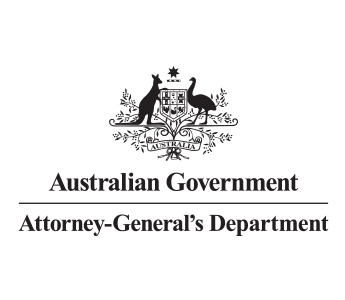Element 1: Clear on intent
Table of contents
What it means to be clear on intent: Policy officers must define the policy’s purpose, objectives, and desired outcomes upfront to ensure relevance and focus.
Being clear on intent through a fraud and corruption lens: When defining the intent of a policy or initiative, carefully consider how fraud and corruption could undermine the public good you are aiming to achieve. This involves identifying the value the policy or initiative seeks to deliver (e.g. economic growth, disaster recovery, or better services for citizens) and articulating how fraudulent or corrupt activities might erode that value.
The Home Insulation Program, rolled out in 2009 during the Global Financial Crisis, was designed to stimulate the economy while supporting households to improve their energy efficiency. The Auditor-General, in his report on the Program in October 2010, found that the department’s focus on a speedy rollout to achieve the stimulus objective came at the expense of more thorough risk management, leading to significant quality, safety and fraud concerns, substantial remediation costs and the early closure of the program. The Auditor-General concluded:
‘This experience underlines very starkly just how critical sound program design and implementation practices are to achieving policy outcomes. There are important lessons here for those agencies with policy implementation responsibilities but also those responsible for policy development.’
Fraud and corruption can hinder policy or program outcomes by increasing costs, decreasing the quality of services or outcomes and eroding public trust in, and take-up of, important programs and services. They can also cause real and irreversible harm to members of our community.
Having a clear, well defined understanding of how fraud and corruption could undermine the overall intent and objectives of the policy or initiative gives you a much better chance of finding ways to deliver the full scope of intended outcomes from your policy initiative.
You should ask yourself: ‘How could fraud or corruption undermine the policy’s purpose, objectives and desired outcomes?’

